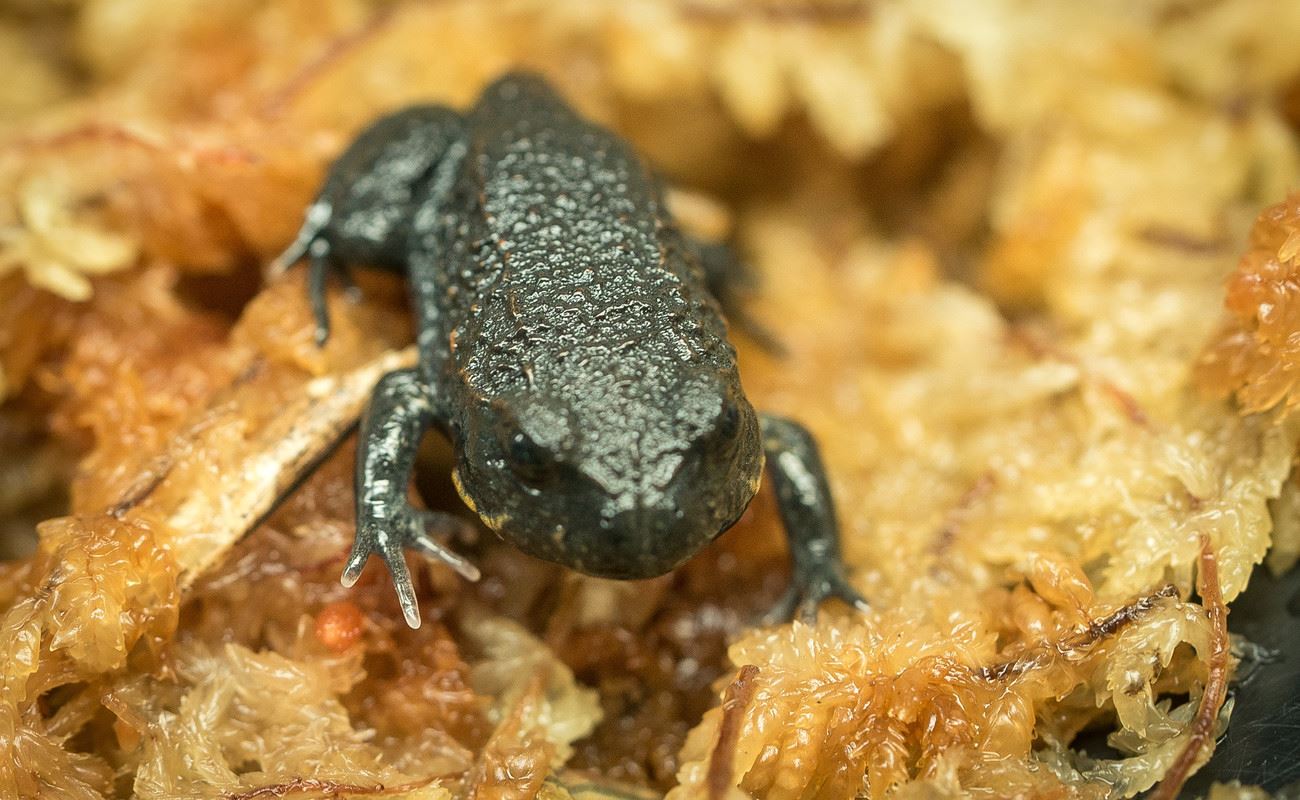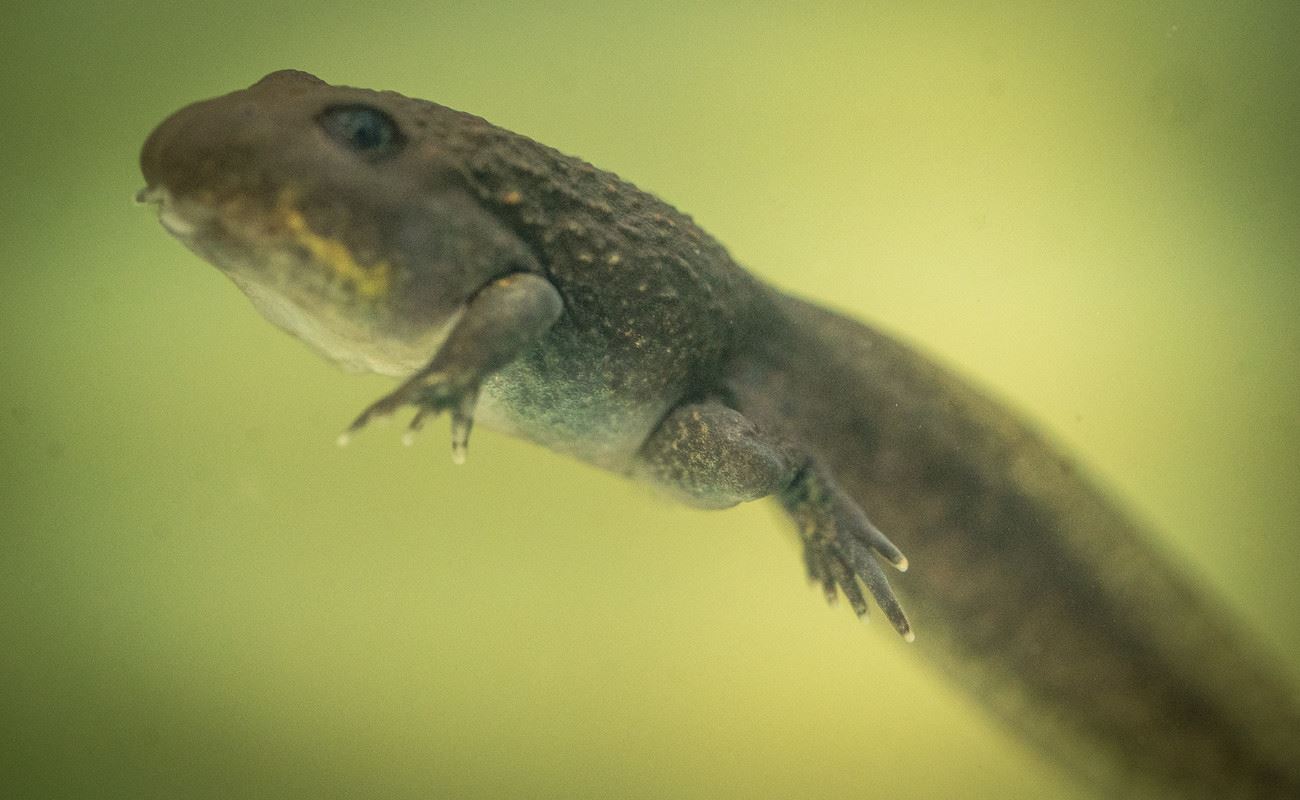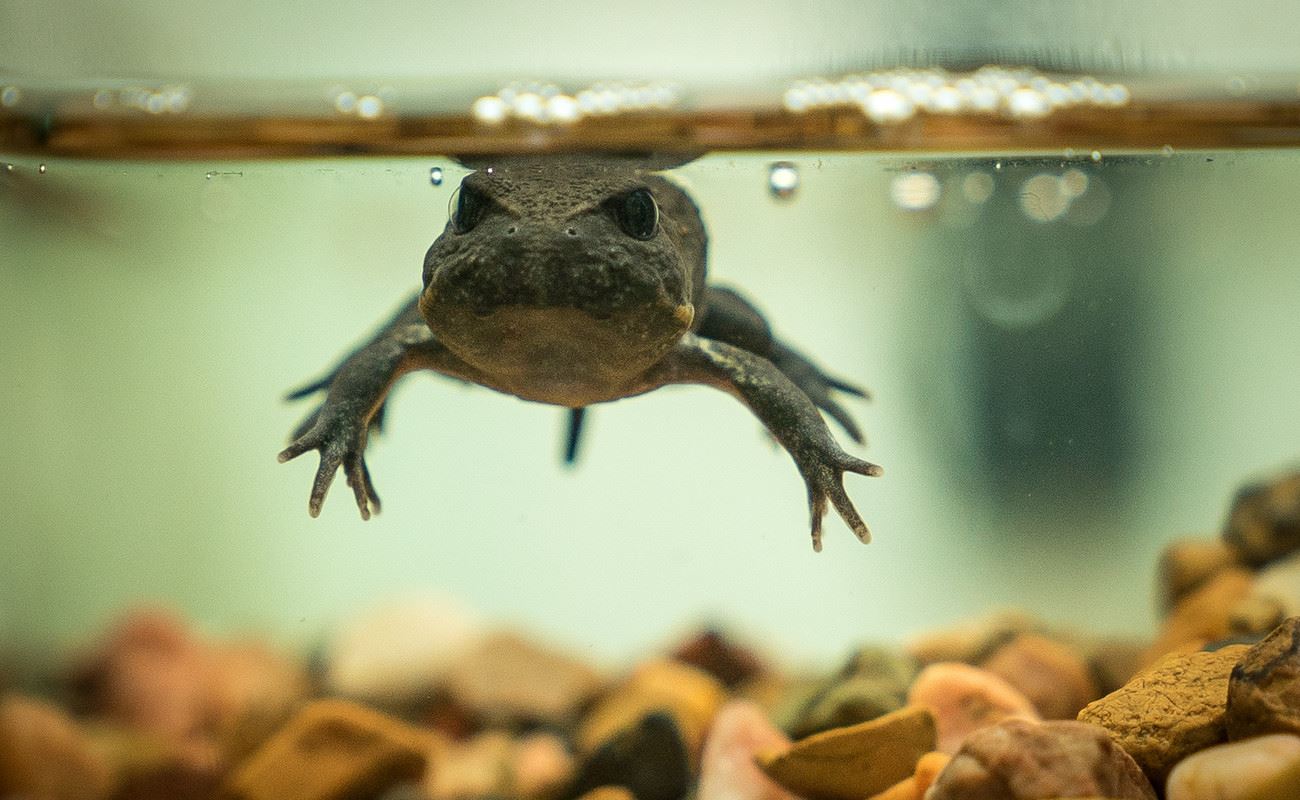Melbourne Zoo Frog Conservation Mission Has Got Legs!
Melbourne Zoo's conservation program for one of Victoria's rarest frogs has legs – lots of them!
More than a dozen Giant Burrowing Frog tadpoles have now grown legs, in a process known as metamorphosis. It's the first time tadpoles have metamorphosed in the brand-new conservation program, after the tadpoles arrived at the Zoo five months ago.

The species has never previously been held or bred in captivity, and it remains one of Victoria's most mysterious frogs.
Zoos Victoria Amphibian Specialist Adam Lee said 15 tadpoles have metamorphosed so far, and more will soon.
“These tadpoles are really charismatic. They are ferocious eaters, and so constantly feeding them and watching their behaviour is really fascinating. They have made their big transition into metamorphs or young frogs and hopefully we will have some big, strong adult frogs soon."When they are fully grown they will be Australia’s largest burrowing frog, so they still have quite a bit of growing to do. I have been able to monitor their developmental stages really acutely, which is helping us learn a lot about this species.”

The Giant Burrowing Frog (Heleioporos australiacus) is a large frog, chocolate brown above and white beneath, with scattered yellow spots. Records of the Giant Burrowing Frog are scarce in Victoria, with the species' known habitat limited to remote parts of Central and East Gippsland. Other, genetically distinct, populations are found in southern New South Wales.
To secure the Giant Burrowing Frog’s future, the Melbourne Zoo conservation program aims to conserve healthy populations of the species in the wild, and captive populations are a key element of that strategy. Earlier this year, Zoos Victoria scientists joined Arthur Rylah Institute threatened species scientists leading the wild conservation program to collect tadpoles from wild habitats in a remote part of East Gippsland. These tadpoles were transported to Melbourne Zoo and are the founders of the first-ever captive conservation program for the Giant Burrowing Frog.
The research team's initial goals are to study how the tadpoles grow into adult frogs and to build skills for a future breeding program.

The biggest thing we have got to do at the moment is just to learn the husbandry around this species," Mr Lee said.
"They have never been kept in captivity before, so we are trying to figure out all the bits and pieces that are going to make them grow into nice, strong, healthy frogs. The next big hurdle is going to be trying to breed them and figuring out what their breeding cues are. It has been a massive learning curve for us, but super rewarding as well."
Much of the range of the Giant Burrowing Frog was devastated by the 2019/20 Black Summer bushfires. But researchers working in the field found evidence of limited and highly-localised egg laying prompted by higher-than-average rainfall across Gippsland. While the future of the Giant Burrowing Frog, like many other frog species, is likely threatened by the devastating chytrid fungus, wild populations of the Giant Burrowing Frog are also under pressure from habitat loss caused by land clearing, logging , climate change, increasingly frequent and severe bushfires, as well as feral cats and foxes.
The Giant Burrowing Frog conservation project has been made possible due to the generosity of donors to the Zoos Victoria Bushfire Emergency Wildlife Fund. Wild collection of Giant Burrowing Frog tadpoles was possible thanks to ecologist Danielle Wallace and the Conservation Regulator's Forest Protection Survey Program.
